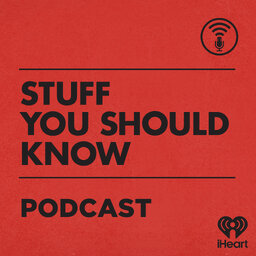How Broken Bones Work
It's a pretty miserable thing to break a bone. There's the initial blinding pain, all of the medical procedures during a trip to the hospital and then, in the best case example, you have to wear a cast for four months. Beneath all of this misery, though, your body is carrying out some pretty amazing processes.
Learn more about your ad-choices at https://www.iheartpodcastnetwork.com
 Stuff You Should Know
Stuff You Should Know


